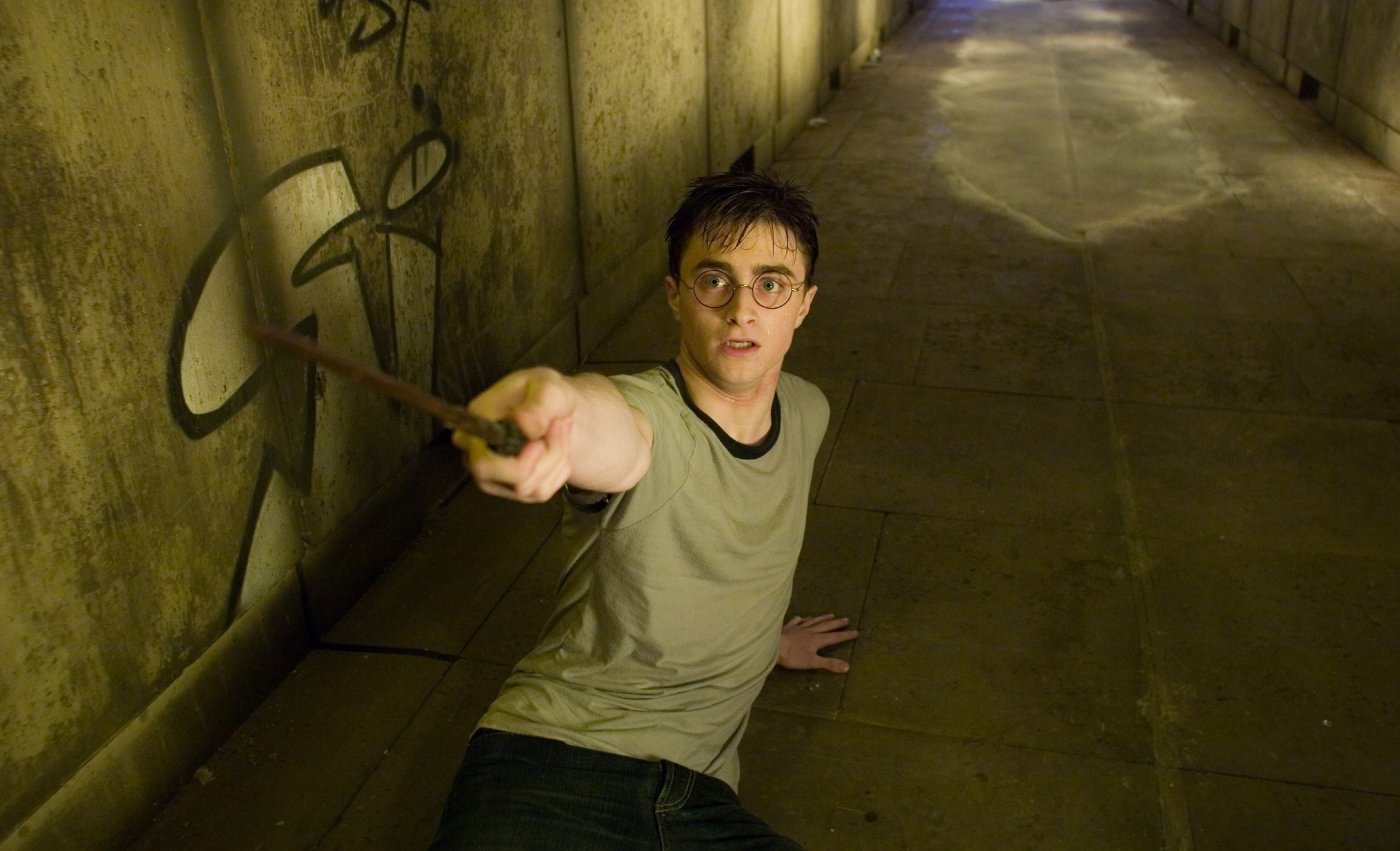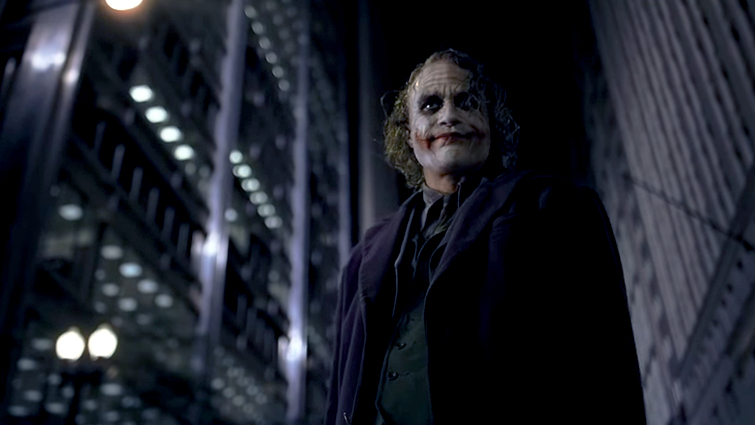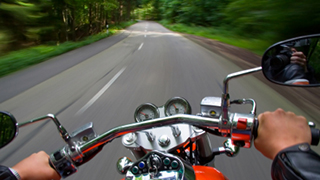Camera Shots
Extreme close up:
 This shot is very close to the object being filmed, only showing the small details for example, somebody's eyes. This type of shot is traditionally used in film to allow the viewer to understand certain characteristics and emotions about the character that would otherwise go unnoticed from further away. This view can be used to make the feelings that the character is experiencing more intense and can often allow the viewer to make more of a connection with, the character.
This shot is very close to the object being filmed, only showing the small details for example, somebody's eyes. This type of shot is traditionally used in film to allow the viewer to understand certain characteristics and emotions about the character that would otherwise go unnoticed from further away. This view can be used to make the feelings that the character is experiencing more intense and can often allow the viewer to make more of a connection with, the character.
Big close up:

This is full head height meaning that the head takes up the entire screen. It usually contains little or no background which is good to show emotion on the character's face, helping the viewer of the film or clip to understand and possibly sympathise with their emotion. Like the extreme close up shot, it can be used to intensifies emotion as the shot is unnaturally close to the person's head.
Close up:
 This is a shot taken of a person from just above the head to the top of the upper chest. It can also be used to film an object at close range. It usually contains little or no background and can be used to introduce a character. Furthermore, it allows the character to show emotion an it can also be used to make the scene more tense for the viewer. (see video to the left)
This is a shot taken of a person from just above the head to the top of the upper chest. It can also be used to film an object at close range. It usually contains little or no background and can be used to introduce a character. Furthermore, it allows the character to show emotion an it can also be used to make the scene more tense for the viewer. (see video to the left)
Mid shot:
This shot shows part of the object or person in more detail, while still showing enough for the viewer to feel as if they were looking at the whole picture. This is approximatley how you would see a person "in real life". You wouldn't be paying any attention to their lower body in a possible conversation, so that part of the picture is unnecessary and therefore cut out of the shot. The mid shot is used when the subject is speaking without intense emotion. It also works well when there is a person is delivering some kind of information, which is why it is often used by news presenters.

Mid-long shot:
A Mid-long shot of a person would show their head and body above the knees so that a bit of the surrounding context would also be visible. This also mimics how someone may see another in real life when talking to them socially.
This shows the whole person and other characters, but the background dominates the shot. This allows the viewer to understand the relationship between the characters and their environment.
Extreme long shot:
This shows the landscape of the film or a character that is barely visible in the distance of a background. This gives information to the viewer about where the action is to take place. It often sets the atmosphere for a film and can make it feel more tense or build up the tension.

Point-of- view shot:
A shot showing something happening from one of the perspectives of a character. A director may choose this particular shot to show different portrayals of an event by different characters in order to help the viewers to understand the characters more.
Worm's eye view shot:
This shot is a view of an object from below, as though the person viewing it were a worm. It is the opposite of a bird's-eye view. A director may use this shot to show the grand scale of an object for example a building.
Bird's eye view shot:
This shot is an overhead camera shot taken as if the viewer of the shot is a bird. it is the opposite to a worm's eye view shot and a director may use this to show a dramatic fall of a character or object of some sort. It could also be used as a kind of point-of-view shot if there is a character flying overhead somehow e.g. plane.

Aerial:
A shot taken from an device up in the air for example a plane while it is often moving. The main source of light is behind the subject, silhouetting it, and directed toward the camera.

Crane:
a crane shot is a shot taken by a camera on a moving crane or jib.

High angle:
Where the camera looks down on the subject from a high angle. High-angle shots can make the subject seem vulnerable or powerless when applied with the correct mood, setting, and effects.

Low angle:
A shot taken from below the subject which may be used to make the character seem more important , as if the audience are looking up at the subject.





No comments:
Post a Comment